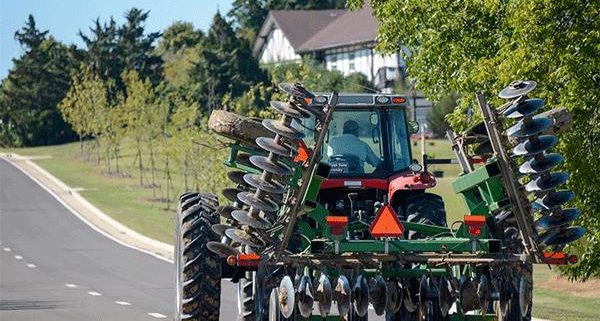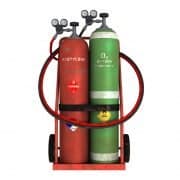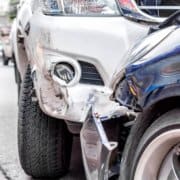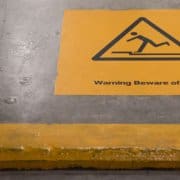Safely transport oversized loads
With larger farm equipment comes larger transportation challenges. Equipment wider than highway lanes poses a hazard to not only the equipment operator, but also to other motor vehicle operators. Tall equipment can come into contact with low-hanging wires, bridges and other vital pieces of infrastructure.
Collisions with other vehicles is a major concern while transporting all farm equipment on public roadways, but the is compounded when the load is wider and taller than infrastructure can accommodate. Not only are collisions with other vehicles a concern, so are collisions with infrastructure like guard rails, power and telephone wires, bridges, and rail crossing markers.
Taking precautions can help you get oversized loads from the farmyard and back again safely.
- Before leaving the yard
A pre-operational check of the equipment you will be transporting is required. You need to ensure that all lights are working and that any warning signs are in good condition and affixed. This is essential to the operation. - Decide if you need a pilot vehicle
If a load is oversized, you may need a pilot vehicle. This needs to be coordinated and in place when going a further distance or on a public roadway that experiences high traffic. If travelling on a route with hills, blind curves or other road features that restrict sight lines, a pilot vehicle is mandatory.The pilot vehicle will give other drivers warning you are coming along with an oversized load. (It’s a good idea to research the laws applicable in your jurisdiction pilot). - Plan your route
Before heading out, make sure to plan the route carefully. Take a drive and see what infrastructure is on your route. Make note of the heights and widths of low wires, bridges, signs and other potential obstacles. If the load you are transporting is going to come into contact with any infrastructure, plan another route. - While transporting–pay attention!
While driving on public roadways, make sure to watch for other motor vehicles. They may be uncertain how to behave when approaching or trying to pass you. - Caution on overhead power lines
If you are moving oversized equipment that has the potential of contacting overhead power lines, contact the electrical utility provider before the move. They will advise with how to proceed. If you pull the line down, you will incur the responsibility for having it fixed.
It’s often difficult to see if there is a motor vehicle following you. When trying to determine if a vehicle is following behind , don’t suddenly swerve right to move your load out of your sight line. This could be misunderstood to a motor vehicle behind you that it is safe to pass and could result in a collision. Instead, if you need to know, pull over to the right as far as possible, park and get up from the operator’s seat and carefully look around your load.
While driving on public roadways, make sure to watch for other motor vehicles. They may be uncertain how to behave approaching or trying to pass you.
Visit agsafetyweek.ca and check out the resources including toolbox talks on topics like operating portable augers, oversized loads and more.
About Canadian Agricultural Safety Week:
Canadian Agricultural Safety Week (CASW) is a public awareness campaign focusing on the importance of farm safety. takes place every year during the third week of March. In 2017, CASW takes place March 12 to 18. CASW 2017 is by Farm Credit Canada. For more information visit agsafetyweek.ca.




 Thompsons Limited/Shutterstock
Thompsons Limited/Shutterstock 



